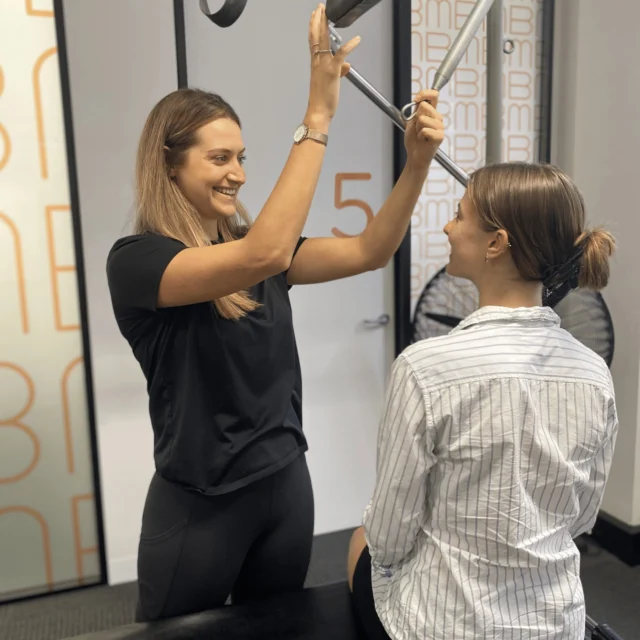As Sydney’s marathon and running events are quickly approaching (or here already!), there are many of us out pounding the pavement. Not surprisingly, there are also a lot more patients walking in our door with knee pain. Runner’s Knee is a general term for pain around the knee-cap or patella associated with running. Symptoms can vary widely from being a low-grade annoyance to complete inability to run so it is important to identify and address it if you want to make it to the big event!
Another term for Runner’s Knee often used by Physiotherapists is “Patellofemoral Joint Syndrome”. The patellofemoral joint is composed of the patella (kneecap) and the distal surface of the femur (thigh bone). The patella should fit snugly into a space on the femur called the trochlear groove. Several forces act on the patella to provide stability and keep it tracking properly within the trochlear groove. The patella has a small amount of movement in several directions including up and down, sideways gliding, tilting and rotation. These movements all result in various points of contact between the undersurface of the patella and the end of the femur. However when the patella does not track correctly, repetitive contact on these other points may result in pain. Most commonly incorrect tracking of the patella tends to pull the patella laterally.
There are several proposed theories for the cause of Runner’s Knee. Research and clinical experience suggest that the cause is multifactorial. Overload may be a factor because when the knee is bent various points of contact between the patella and the femur increases and pressure between these areas also increases. Weight bearing activities with increased bending such as running, especially on stairs, hills and uneven surfaces, tend to exacerbate the pain due to overloading of points of contact between the patella and femur. Muscular imbalances around the knee may also upset the patellofemoral joint mechanism. Tightness in the lateral structures combined with weakness of the medial structures of the knee is a common problem which results in the patella being pulled in a lateral direction when the knee bends. Biomechanical factors including the position of the pelvis, knee and ankle are also important in determining the forces acting on the patella.
So, if you have Runner’s Knee pain, book in at our Sydney CBD Physio clinic so your Physiotherapist can determine whether any of the above factors are contributing to the problem. Your Bend + Mend Physiotherapist will recommend the best approach for your specific needs so you can get back to running and make to the finish line!





